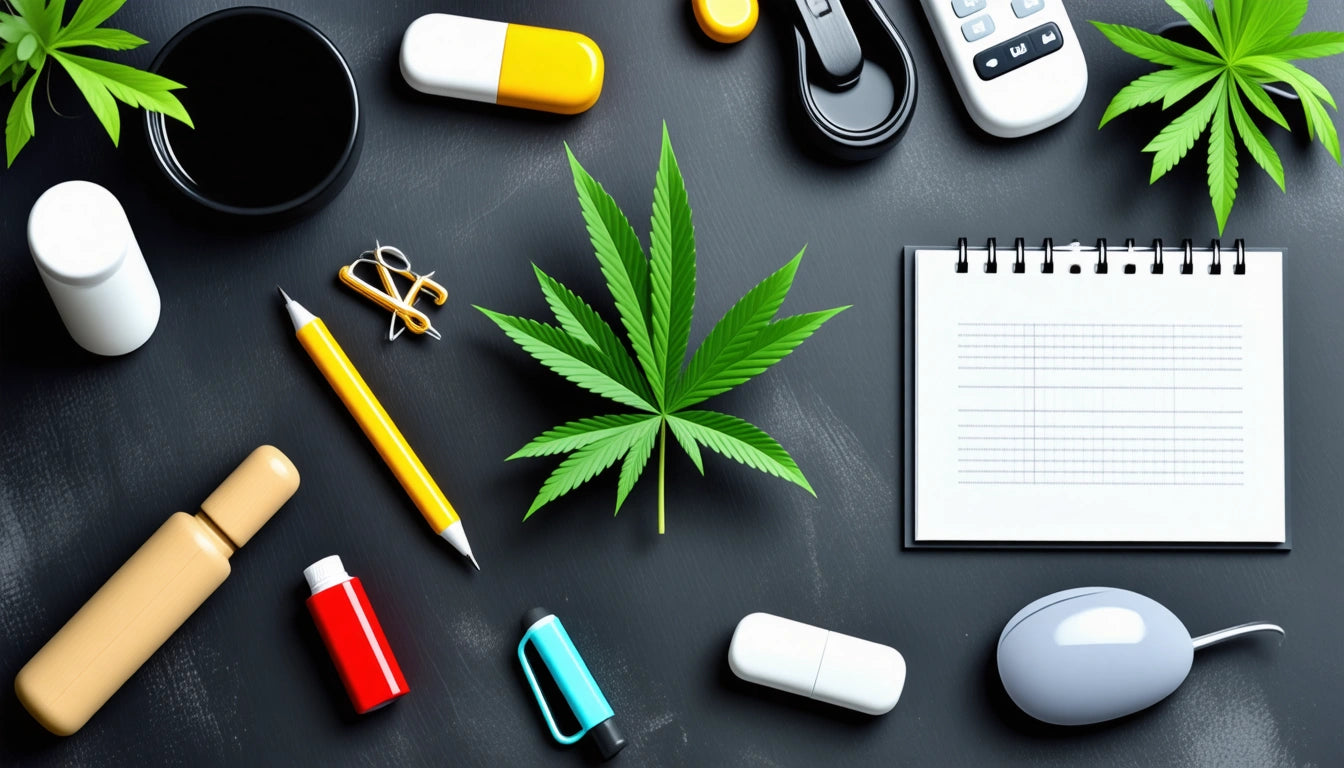Table of Contents
Can Secondhand Exposure to Weed Affect Your System?
The question of whether secondhand cannabis smoke can enter your system is increasingly relevant as marijuana legalization expands across the country. Many people worry about potential exposure in social settings, public spaces, or even from roommates who consume cannabis. Understanding how cannabis compounds interact with the body through different exposure methods can help clarify misconceptions and address legitimate concerns.
Understanding Secondhand Cannabis Exposure
Secondhand cannabis smoke contains many of the same compounds found in directly inhaled smoke, including THC (tetrahydrocannabinol), the primary psychoactive component. However, the concentration of these compounds is significantly reduced in secondhand exposure scenarios.
Research indicates that being around cannabis smoke can result in detectable levels of THC in your bloodstream, but the amount and duration depend on several factors:
- The ventilation of the space
- Duration of exposure
- Proximity to the smoker
- Potency of the cannabis being consumed
- Number of people smoking in the vicinity
According to studies on passive inhalation, poorly ventilated spaces significantly increase the likelihood of THC absorption through secondhand smoke.
How Cannabis Enters Your System
To understand secondhand exposure, it's important to know where does weed go in your body when consumed directly or indirectly.
Primary Routes of Entry
Cannabis compounds primarily enter the bloodstream through:
- Inhalation: When smoke or vapor is inhaled, THC rapidly passes from the lungs into the bloodstream
- Ingestion: Edibles are processed through the digestive system and liver
- Absorption: Topicals and transdermal products enter through the skin
For secondhand exposure, inhalation is the primary concern. When you're in an environment where cannabis is being smoked, you inevitably breathe in some of the exhaled smoke and ambient particles.
Secondhand Smoke and Drug Testing
One of the most common concerns is whether being around weed smoke can get in your system enough to trigger a positive drug test.
Most standard drug tests have detection thresholds designed to differentiate between active use and passive exposure. However, extreme exposure situations could potentially result in a positive test, particularly with highly sensitive tests.
If you're concerned about drug testing after potential exposure, consider these factors:
- Standard urine tests typically have a THC metabolite threshold of 50 ng/mL
- Most casual secondhand exposure falls well below this threshold
- Prolonged exposure in unventilated spaces may increase risk
- Hair tests are less likely to be affected by secondhand exposure
For those in industries with zero-tolerance policies, we recommend proper cannabis storage solutions that prevent accidental exposure and keep products securely contained when not in use.
Contact Exposure: Myths and Facts
A persistent question is can weed get in your system from touching it? The short answer is generally no, but there are nuances to consider.
Touching Cannabis Products
Simply handling cannabis flower or products without consuming them presents minimal risk of significant THC absorption. The skin acts as a barrier that prevents most cannabinoids from entering the bloodstream. However, there are some important considerations:
- THC is not readily absorbed through intact skin
- Residue from handling could be transferred to the mouth or eyes
- Broken skin (cuts, abrasions) may allow minimal absorption
- Concentrated products like oils may have higher transfer potential
The myth that casual contact with cannabis can lead to intoxication or positive drug tests is largely unfounded, though cross-contamination through hand-to-mouth transfer is possible.
Minimizing Unwanted Exposure
If you're concerned about secondhand cannabis exposure, several practical steps can reduce your risk:
- Avoid enclosed spaces where cannabis is being consumed
- Ensure proper ventilation if exposure cannot be avoided
- Wash hands after handling cannabis products
- Store cannabis products properly in sealed containers
- Be aware of local smoking regulations and designated areas
For cannabis consumers who want to minimize others' exposure, considerate consumption practices include using outdoor spaces when possible and investing in proper storage solutions that contain odor and prevent accidental exposure.
Legal and Health Considerations for Passive Exposure
While the psychoactive effects of secondhand cannabis exposure are typically minimal, there are both legal and health factors to consider. Some individuals may be more sensitive to THC or have conditions that make even minor exposure problematic.
From a health perspective, research on cannabis smoke composition shows it contains many of the same irritants and potential carcinogens as tobacco smoke, though typically in different concentrations.
Legally, it's worth noting that in some jurisdictions with workplace drug testing, claims of secondhand exposure may not be accepted as valid explanations for positive results. Understanding your rights and responsibilities in these situations is important, especially for those working in regulated industries.
For both consumers and non-consumers, education about exposure risks and respectful consumption practices helps create environments where personal choices can be honored while minimizing unwanted impacts on others.











Leave a comment
All comments are moderated before being published.
This site is protected by hCaptcha and the hCaptcha Privacy Policy and Terms of Service apply.